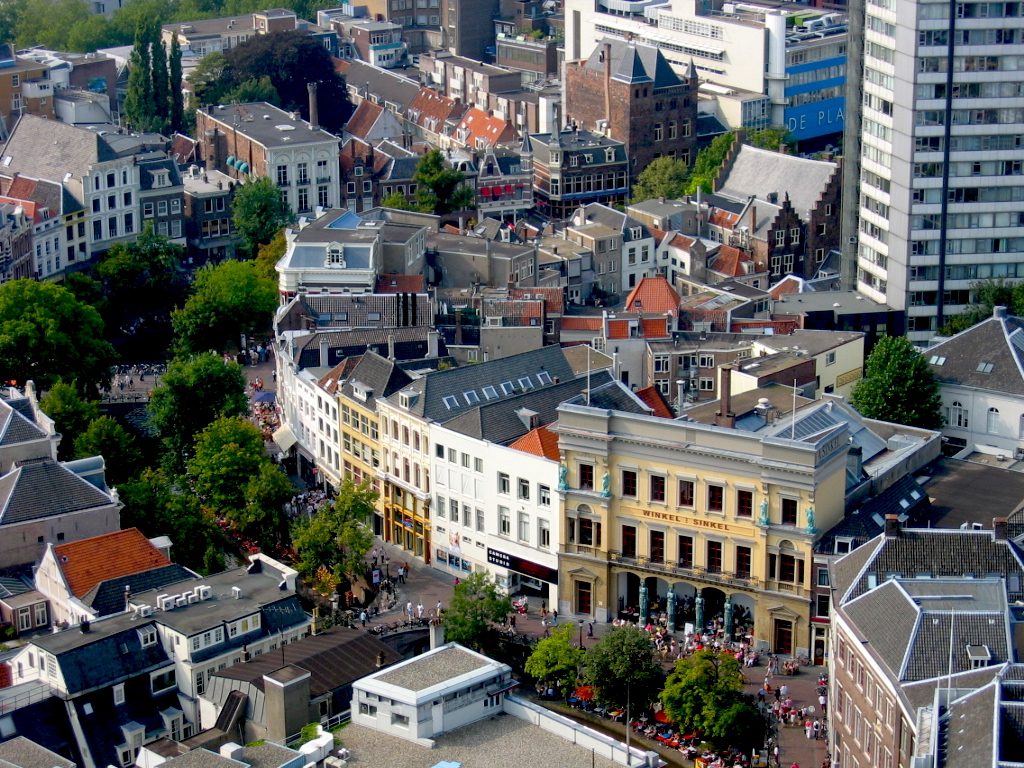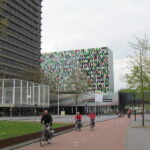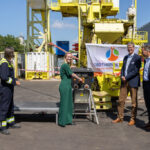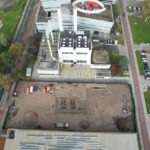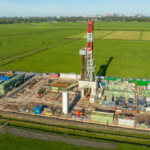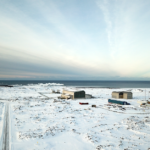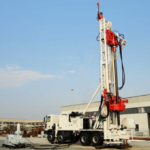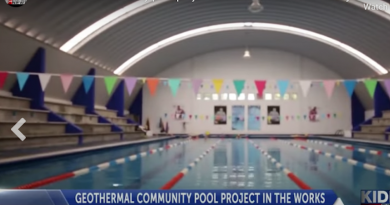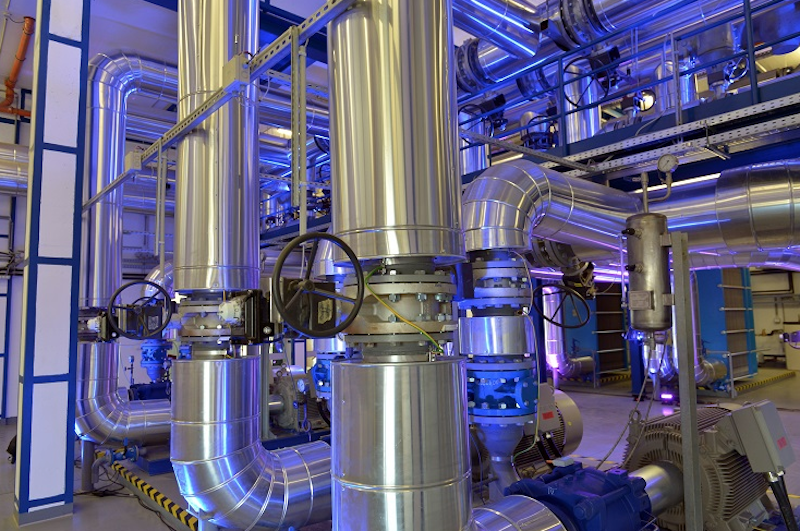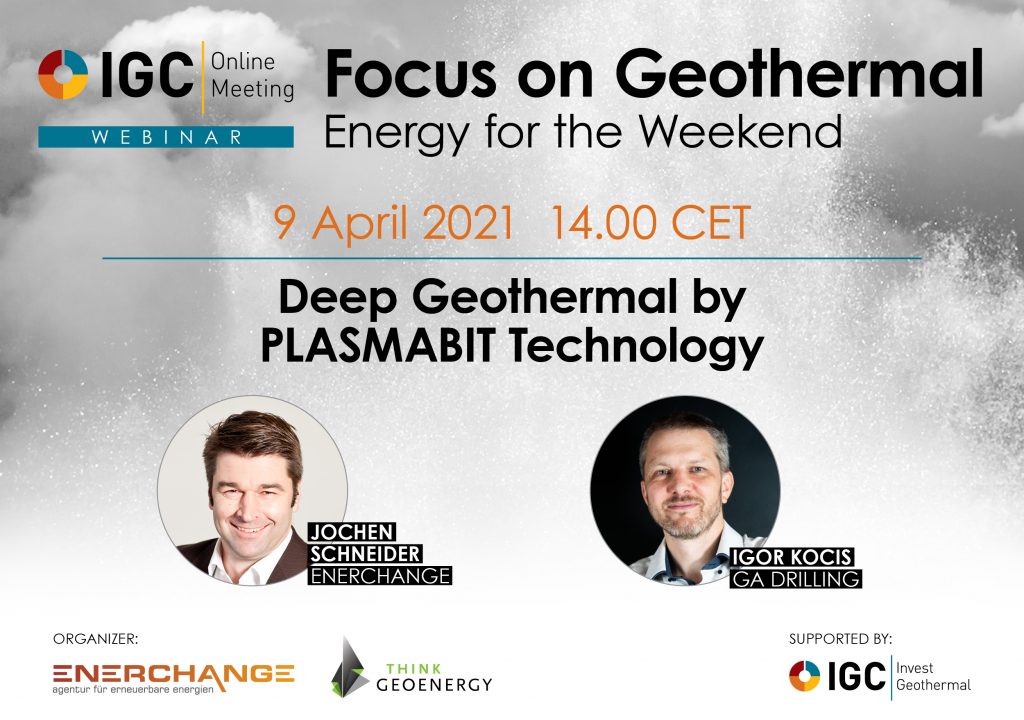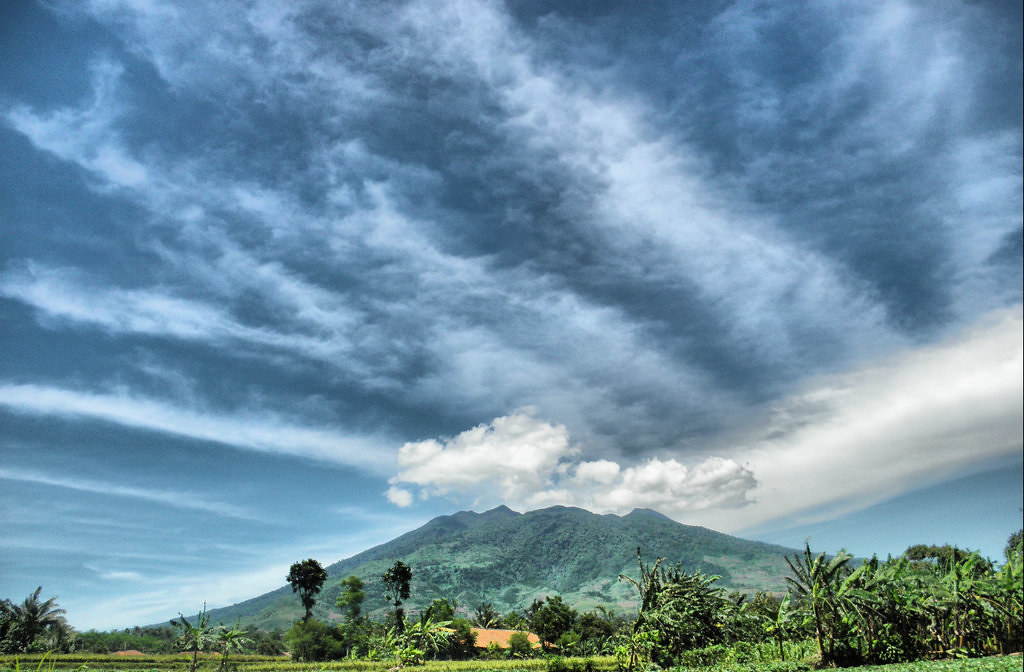Five locations identified for geothermal drilling in Utrecht and Nieuwegein, Netherlands
Energy Disrupter
Five prominent locations identified for drilling as part of geothermal heating development in the cities of Utrecht and Nieuwegein in the Netherlands. If studies are promising, test drilling could start in late 2021 or in 2022.
Reported earlier this month from the Netherlands, Warmtebron Utrecht has five locations in Nieuwegein and Utrecht in mind to possibly start drilling for geothermal energy, or geothermal energy. This is indicated in a new report. Both cities see geothermal energy as an important potential heat source to make district heating more sustainable.
With geothermal energy, wells with a depth of 2,000 metres are drilled into the ground. The deeper you get, the warmer it gets. Hot water is pumped up through one well and then used to heat houses and other buildings. The cooled water goes back into the ground via the other well.
Between the houses
Of the intended locations, four are located in Nieuwegein: at the Galecopperwetering, at the tram depot, at the heat transfer station near Symfonielaan and at the tennis court on the Zuidstedeweg. Nieuwegein is said to be one of the first places in the Netherlands to drill for geothermal energy in built-up areas.
Heat from the earth is a sustainable form of energy, but there is also a small chance of earthquakes. Residents are therefore concerned. “We don’t want Groningen situations,” says Nieuwegeiner Martin van Nieuwenhoven. Moreover, he sees little in the pioneering role that his city wants to play. “Nieuwegein doesn’t have to be a guinea pig,” he says.
However, the risk of an earthquake in geothermal energy is ‘negligible’, says Warmtebron Utrecht, the party that will carry out the drilling, if they continue. “With drilling for gas or oil, you extract products from the earth. We extract something from geothermal energy, but we also put it back, so that the pressure in the earth remains the same,” explains Bas Evers of Warmtebron. “That is a completely different situation than in Groningen.”
Earthquakes in Limburg
Several earthquakes have already occurred in Limburg due to the extraction of geothermal heat. Only the subsurface is different there than in Nieuwegein. Evers: “Limburg has deliberately drilled in a fault line. That would not be the case here. We are not in a fault line, but a solid sand layer.” Evers emphasizes that the safety for residents is also ‘number one’ for Warmtebron.
Warmtebron Utrecht has investigated which places in the province are suitable for drilling for geothermal energy. Old data on the soil have been re-examined for this. We also looked at the thickness of the earth layers, how much heat comes out of it and how you can get there.
Today, five promising spots were identified, which appear to be the most suitable for geothermal energy. Follow-up studies will now follow, after which a choice will be made in the autumn or whether geothermal energy will be continued and if so, where. If everything continues, a test drilling will follow in late 2021 or early 2022 to investigate the subsurface in detail.
In addition to four locations in Nieuwegein, the fifth location that is in the picture for geothermal energy is located outside the municipal boundaries: in the Utrecht polder Rijnenburg.
Utrecht also in the picture
According to GroenLinks alderman Lot van Hooijdonk in Utrecht, she said ‘in a previous debate that geothermal energy is possible in the Rijnenburg polder’. The report about the locations where drilling is possible was only discussed with the councils of the municipalities of Utrecht and Nieuwegein last Tuesday and could therefore not be included in last week’s debate, the councilor said. “Moreover, it is mainly a discussion in Nieuwegein,” she says.
The concerns of residents and the idea that geothermal energy is still in its infancy, is understood by Nieuwegein alderman Marieke Schouten (GroenLinks). “I think it’s right that residents have questions,” she says. “It is quite a new topic: researching new forms of heat in the built environment.”
‘Sounds musty’
Yet ‘Nieuwegein has to continue in the field of energy transition with geothermal energy – if it is up to the alderman – as part of that. Schouten says: “We are dealing with a major change in the climate. I don’t want to forget that. That’s why we do this. It may sound ‘musty’, but we see increasing dry summers, extreme rainfall … Then think me: it is quite worth doing this. “
The cities are now going to carry out follow-up studies in collaboration with Warmtebron Utrecht in order to list the advantages and disadvantages per location. This also includes conversations with residents. These take place in September and October in Nieuwegein.
Source: RTV Utrecht


